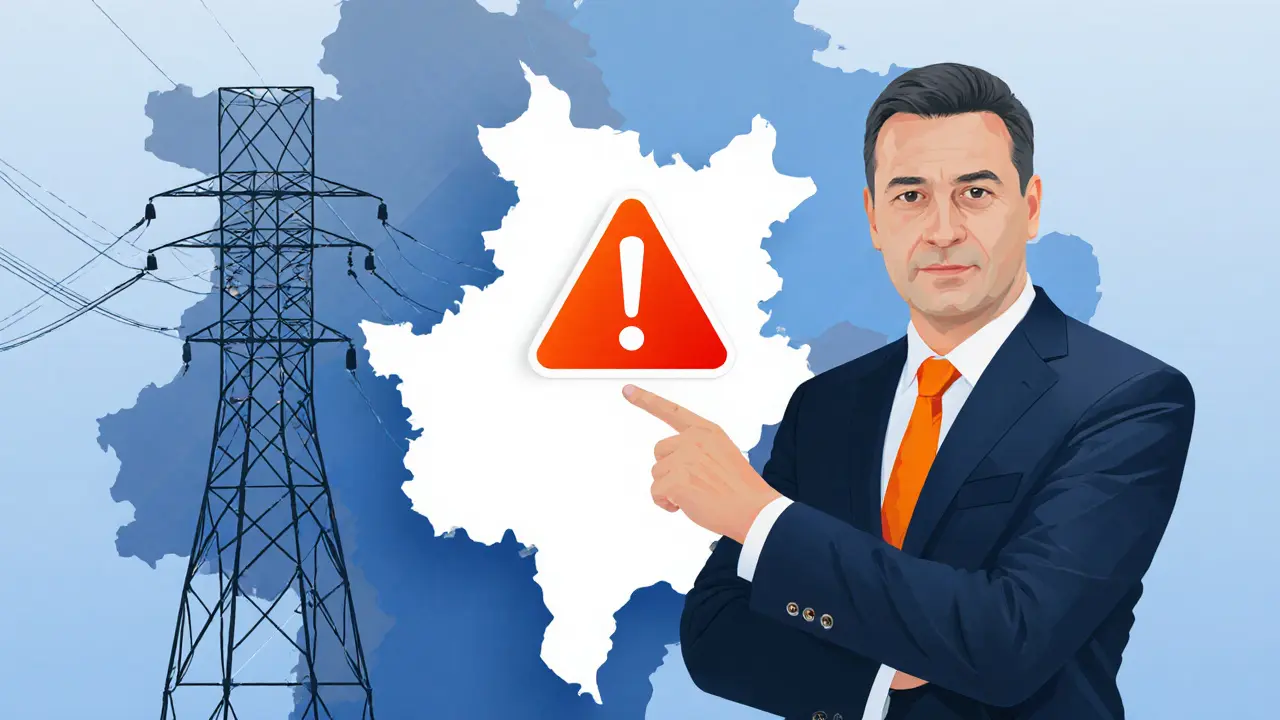Kosovo Energy Crisis – What’s Behind the Power Shortage?
When talking about Kosovo energy crisis, the persistent shortage of electricity and the instability of the power sector in Kosovo. Also known as Kosovo power shortage, it affects households, businesses, and public services across the region. This situation is a mix of aging infrastructure, limited generation capacity, and political hurdles that keep the grid from keeping lights on.
The heart of the problem lies in the electricity grid, an outdated network that struggles to transmit power reliably. Frequent overloads trigger rolling blackouts, especially during winter peaks. The grid’s technical limits mean even small demand spikes can cascade into wide‑area outages, leaving schools and hospitals in the dark. Upgrading transmission lines and modernizing substations are essential steps, but they demand huge investment and coordinated planning.
One way to reduce the strain is to boost renewable energy, solar and wind projects that can supplement traditional fossil‑fuel plants. Kosovo enjoys abundant sunshine and decent wind corridors, yet regulatory hurdles and financing gaps have slowed development. Small‑scale rooftop solar is gaining traction among residents, while larger wind farms are being eyed by foreign investors. Integrating these sources into the grid requires smart‑grid technology and storage solutions to smooth out intermittent production.
Political factors add another layer of complexity. Ongoing disputes over recognition and limited access to international markets restrict Kosovo’s ability to secure external funding. In this context, EU assistance, financial packages and technical support from the European Union plays a crucial role. EU‑backed programs focus on capacity‑building, regulatory reform, and co‑financing of infrastructure projects. However, the effectiveness of this aid hinges on local governance reforms and transparent project management.
Meanwhile, the country leans heavily on energy imports, electricity purchased from neighboring states to fill the supply gap. While imports help avoid total blackouts, they come at a premium and expose Kosovo to regional price volatility. Balancing imports with home‑grown generation is a delicate act, especially as regional markets tighten and supply‑side shocks become more common.
Understanding these interlinked pieces—the grid’s limits, renewable potential, political backdrop, EU aid, and import reliance—gives a clearer view of why the crisis persists and what can change it. Below, you’ll find a curated set of articles that break down each angle, offer data‑driven analysis, and suggest actionable steps you can watch or support as Kosovo works toward a more stable energy future.

Kosovo's 2022 Crypto Mining Ban: What Happened and What It Means
Apr 15, 2025, Posted by Ronan Caverly
Discover why Kosovo banned crypto mining in 2022, how the ban was enforced, its current status in 2025, and the impact on investors, users, and the energy grid.
MORESEARCH HERE
Categories
TAGS
- decentralized exchange
- crypto exchange review
- cryptocurrency
- crypto coin
- CoinMarketCap airdrop
- smart contracts
- tokenomics
- cryptocurrency exchange safety
- crypto exchange
- cryptocurrency airdrop
- crypto airdrop
- cryptocurrency exchange
- crypto airdrop guide
- blockchain token distribution
- DeFi
- crypto exchange scam
- crypto airdrop 2025
- Ethereum
- cross-chain interoperability
- ERC-20
